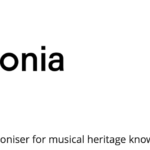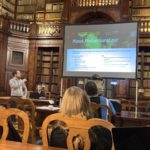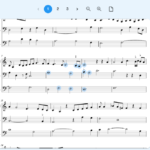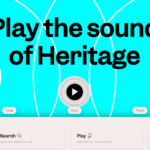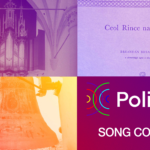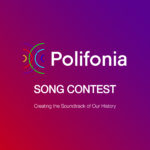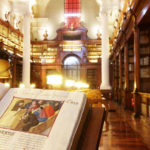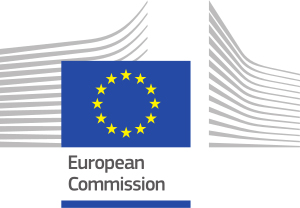Did you know? The origin of historical bells in the catalogue of Italian cultural heritage
Check out the special itinerary dedicated to historical bells in Italy
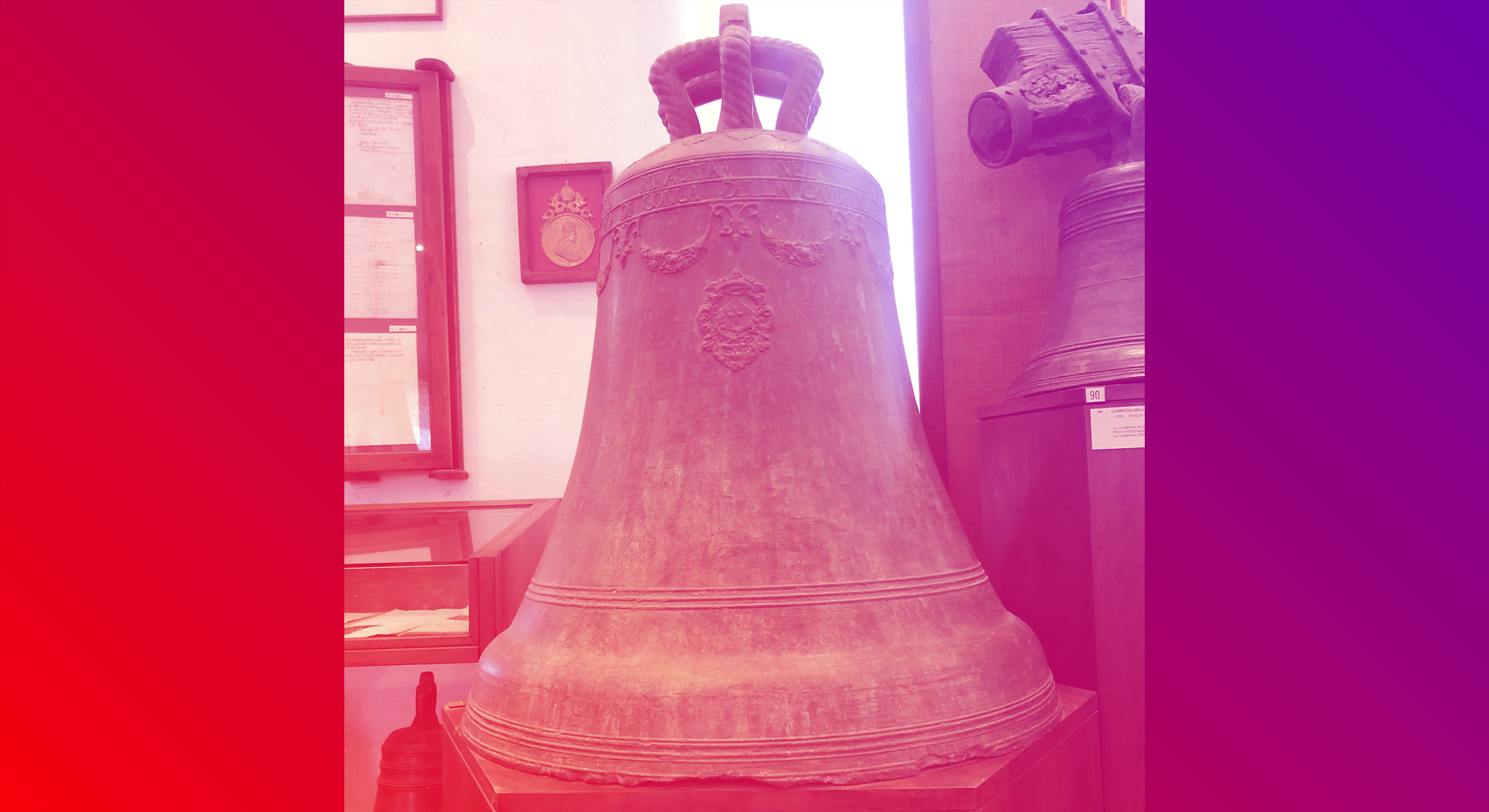
On the Italian website of the catalogue of cultural heritage there is an itinerary dedicated to the bell.
“Campana” is the Italian name to define a “bell”. This Italian term derives from “vasa campana” in reference to the shape of an inverted vase or cup and, to the fact that in the past it was believed that the bronze of Campania (a region in south Italy) was the best. It seems that the first bell made its tolling sound in the city of Nola, not far from Naples. Although there is no evidence in the historical record, its inventor is believed to be S. Paolino, who was then the bishop of the city.
In Italy, since the Middle Ages, several bell factories continue to strive. In Agnone (Isernia) one of the oldest foundries survives, the Marinelli Papal Foundry: their first cast bells date back to 1339, the work of Nicodemo Marinelli, called Campanarus. The Capanni foundry, foundry of the largest bell in Italy, has been present for 500 years in Castelnovo né Monti in the province of Reggio Emilia, and the Allanconi foundry is present in Bolzone di Ripalta Cremasca. More info on https://catalogo.beniculturali.it/itinerario/campane.
Image:
Bell “1374”, recast in 1864 at the Marinelli Foundries. Historical Museum of the “Giovanni Paolo II” Bell, Agnone (Italy).
